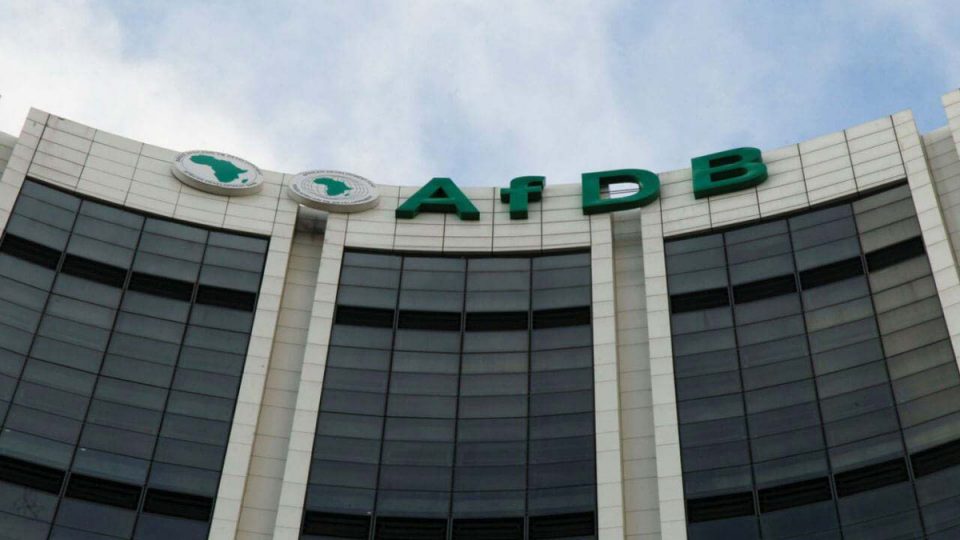Amidst the shortfall of wheat in the country and the need to bridge the demand-supply gap, the Federal government and the African Development Bank have developed a new national strategy to ensure Nigeria achieves 50 percent self-sufficiency in wheat production by 2027.
The 10 years national strategy for wheat production self-sufficiency is to be implemented between the 2022-2032 target in order to increase wheat production from the current 71,000MT-3.5million MT in five years.
Despite abundant land and human resources, Nigeria produces less than five per cent of wheat requirement and spends over $ 2 billion yearly importing wheat.
The Chief Agro-Industry Officer, AFDB, Tabi Karkari while speaking at a Validation Workshop on the National Strategy on Wheat Self Sufficiency in Nigeria, yesterday in Abuja, noted that the new strategy aims to synergise and harmonise efforts of all stakeholders; increase investment into the wheat value chain by crowding in private sector investment, and ultimately achieving national wheat self-sufficiency.
The strategy is to increase production areas from the current 100,000 Ha or so, to about two million hectares with a productivity of 3.0 tons/ha or more.
Karikari anticipated that in the upcoming dry season, with support from the Sector Budget Support provided by the Bank and other stakeholders for the provision of seed, inputs, mechanisation and extension services using the Innovation Platforms, at least 250,000 Ha will be put under cultivation, in clusters of 100 to 200 Ha.
He mentioned the same method was a game changer in Ethiopia and Sudan and they intend to replicate the same in Nigeria.
The Minister of Agriculture and Rural Development, Dr Mohammed Abubakar, in his keynote address, said if Nigeria can achieve self-sufficiency in rice production, increasing wheat production is not unrealistic.
He harped on the need to increase collaboration among agricultural stakeholders, saying “we cannot have agencies of agriculture that are working parallel to one another or working in silos as it will be a duplication of time, money and energy”.
The Team Leader of the development of the National Strategy on Wheat Sufficiency, Dr Olushina Olabanji, highlighted the medium-term outcome of the strategy to include, an increase in wheat productivity average from the current 2mt per hectare to 4mt per hectare, increase of income of wheat farmers from N300,000 per ha to N600,000 per ha.aa




